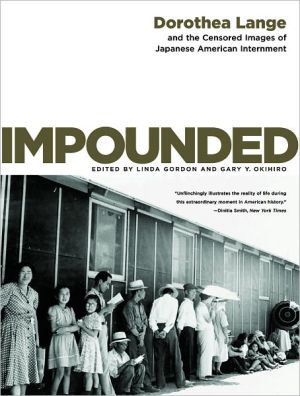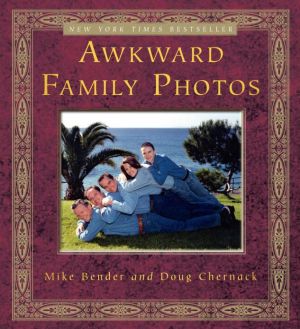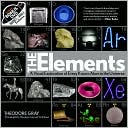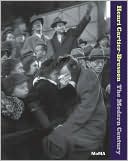Impounded: Dorothea Lange and the Censored Images of Japanese American Internment
"Unflinchingly illustrates the reality of life during this extraordinary moment in American history."—Dinitia Smith, The New York Times\ Censored by the U.S. Army, Dorothea Lange's unseen photographs are the extraordinary photographic record of the Japanese American internment saga. This indelible work of visual and social history confirms Dorothea Lange's stature as one of the twentieth century's greatest American photographers. Presenting 119 images originally censored by the U.S. Army—the...
Search in google:
Censored by the U.S. Army, Dorothea Lange's unseen photographs are the extraordinary photographic record of the Japanese American internment saga. Publishers Weekly When America's War Relocation Authority hired Dorothea Lange to photograph the internment of Japanese-Americans in 1942, they put a few restrictions on her work. Barbed wire, watchtowers and armed soldiers were off limits, they declared. And no pictures of resistance, either. They wanted the roundup and sequestering of Japanese-Americans documented-but not too well. Working within these limits, Lange, who is best known for her photographs of migrant farmers during the Depression, nonetheless produced images whose content so opposed the federal objective of demonizing Japanese-Americans that the vast majority of the photographs were suppressed throughout WWII (97% of them have never been published at all). Editors Gordon and Okihiro set this first collection of Lange's internment work within technical, cultural and historical contexts. Gordon (The Great Arizona Orphan Abduction) discusses Lange's professional methods and the formation of her "democratic-populist" beliefs. Okihiro (Whispered Silences: Japanese Americans and World War II) traces the history of prejudice against Japanese Americans, with emphasis on internees' firsthand accounts. But the bulk of the book is given over to Lange's photographs. Several of these are as powerful as her most stirring work, and the final image-of a grandfather in the desolate Manzanar Center looking down in anguish at the grandson between his knees-is worth the price of the book alone. 104 photos, 2 maps. (Nov.) Copyright 2006 Reed Business Information.
Dorothea Lange photographs the Japanese American internment5An American story47PhotographsCh. 1Before the evacuation85Ch. 2The roundup111Ch. 3At the assembly centers133Ch. 4Manzanar161
\ The Sunday Times [London]“In these days of fear of the terrorist 'other', reading this measured, intelligent introduction to a time that is all-too possible to imagine recurring, and looking at Lange's photos... may be one of the most useful things one can do this Christmas.”\ \ \ \ \ The Independent [UK]“[The] images show Americans of Japanese extraction being relocated to 'assembly centers', labeled and processed like cattle and closeted away in dismal shacks for the duration of the war... No wonder her pictures were never used and disappeared for half a century.”\ \ \ Amateur Photographer“Through her discerning and sensitive eye, Lange's observations of the situation were too real and too critical for the government, and were consequently confiscated.”\ \ \ \ \ Publishers WeeklyWhen America's War Relocation Authority hired Dorothea Lange to photograph the internment of Japanese-Americans in 1942, they put a few restrictions on her work. Barbed wire, watchtowers and armed soldiers were off limits, they declared. And no pictures of resistance, either. They wanted the roundup and sequestering of Japanese-Americans documented-but not too well. Working within these limits, Lange, who is best known for her photographs of migrant farmers during the Depression, nonetheless produced images whose content so opposed the federal objective of demonizing Japanese-Americans that the vast majority of the photographs were suppressed throughout WWII (97% of them have never been published at all). Editors Gordon and Okihiro set this first collection of Lange's internment work within technical, cultural and historical contexts. Gordon (The Great Arizona Orphan Abduction) discusses Lange's professional methods and the formation of her "democratic-populist" beliefs. Okihiro (Whispered Silences: Japanese Americans and World War II) traces the history of prejudice against Japanese Americans, with emphasis on internees' firsthand accounts. But the bulk of the book is given over to Lange's photographs. Several of these are as powerful as her most stirring work, and the final image-of a grandfather in the desolate Manzanar Center looking down in anguish at the grandson between his knees-is worth the price of the book alone. 104 photos, 2 maps. (Nov.) Copyright 2006 Reed Business Information.\ \








